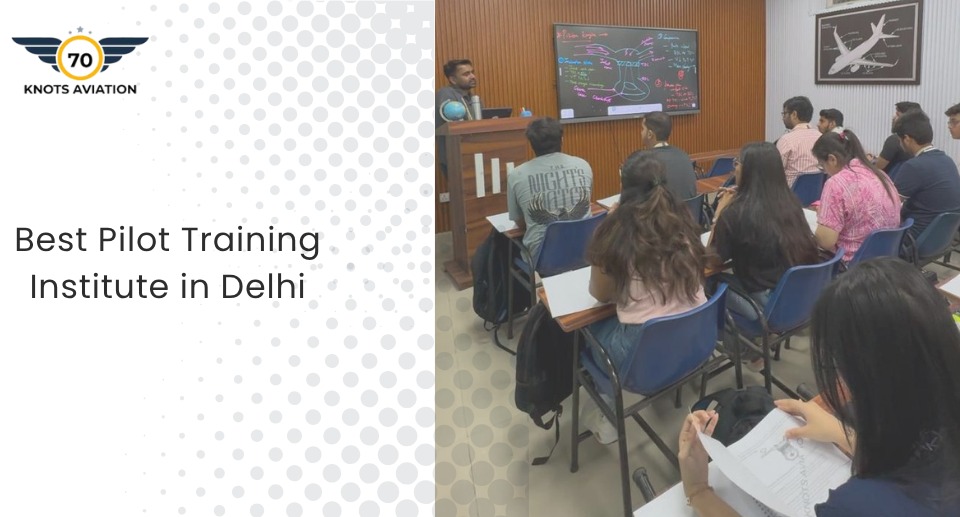Aircraft Systems 101: What Every Pilot Needs to Know
As a pilot, irrespective of whether it is a small general aviation aircraft or a commercial airliner, the knowledge of aircraft systems is very much required. These systems – engines, avionics, hydraulics, electrical systems and so on – are interrelated in order to achieve a safe flying operation and efficiency. For a pilot, it’s not just about the skills on how to use them, troubleshoot them and most importantly how to deal with those systems in case they fail. It is about safety. In this blog, we will look at a couple of systems onboard an aircraft that a every Pilot Need To Know, and flight operations must be performed with them in mind.
Engines – The Jackie Robinson of an Aircraft
Engines are the heart of an aircraft as they provide all the thrust needed to propel an aircraft and in many cases assist in keeping it airborne. In an aircraft, two principal engine types are installed: piston engines and turbine engines.
Piston engines, which are typical to smaller general aviation aircraft are quite similar to car engines in the sense that they combust fuel in cylinders to create power. Pilots have to add fuel, monitor engine performance, fuel consumption along with the engine temperature to allow everything to work as expected.
Turbine engines, by contrast, are used in commercial aircraft and most modern jet aircraft. The engine compresses air, adds fuel, and then ignites, thus producing thrust. While turbine engines are relatively more complicated machines, it is true that most of the time automated systems are able to monitor engine conditions but having the basic knowledge of how turbos work is important during troubleshooting procedures.
Avionics: The Brain of the Aircraft
Avionics systems are defined as devices that operate the communication, navigation, and management of the aircraft. The avionics of an aircraft can include radios, GPS, autopilot, flight computers, and radar. Avionics systems are modernized and have advanced features that enhance and promote precision and safety of the parts of the aircraft during flight.
The Global Positioning System (GPS) is a good example that promotes accuracy in navigating, and the Auto-Pilot System, which may carry out regular flights that would probably leave the flight crew with the essential functions that involve decision making. Primarily, each crew member is required to understand how to utilize and troubleshoot every component of an avionics system.
An example of an important system within avionics is the ADS-B, or Automatic Dependent Surveillance-Broadcast system, which provides the real-time position of the aircraft. This system improves the overall understanding of the situation and decreases the chances of an incidence that might be as a result of collision. All items mentioned above are crucial for the efficient sailing of the plane.
Hydraulics: The Source of Power of the Flight Controls
A hydrosystem has several functions on an aircraft including controlling the flight, retracting, extending landing gear, deploying wheels, and even opening boundary layer control devices such as the flaps.
Applying force from a distance through a liquid under pressure is what hydraulic systems do, and therefore these systems are important for the effective and safe operation of the aircraft. There are specific gauges in the cockpit displaying hydraulic pressure, and all pilots need to monitor the reading. Depending on circumstances, they should be ready to operate the airplane with alternative methods such as automatic hydraulic lower landing gear systems to continue safe flight in case of loss of hydraulic power.
Electrical Systems: Blood For An Aircraft
There are various electrical wires on airplanes, these wires power most parts of the airplane for example Lights, avionics, flight control systems, and flight instruments. As a general practice, an aircraft will have two types of electrical buses, which is the main bus and emergency bus, possessed of alternators or generators.
On a cockpit, there are electrical output gauges, that the avionics team must monitor regularly especially of large airplane due to their vulnerability to compartment key systems if failure occurs. Battery lifespan, generators, and alternators are some sources of electrical power that need to learnt and understood on how to cater for when the system is overloaded.
Fuel Systems: Assisting the Operation of the Aircraft
Fuel systems are important because they make sure that there is sufficient power to the engines to allow the aircraft to stay airborne. The main tasks they perform include monitoring the amount of fuel available, controlling the fuel flow to the engines, and integrating all the features of the aircraft’s fuel system.
Fuel systems that are favored in the aviation industry nowadays, especially in commercial aircrafts, are fuel management systems. They constitute a system that integrates various applications, strategies, and techniques to promote efficient utilization of fuel during flight. However, having prior knowledge of basic tanking principles together with the understanding of the pumps and flow of the fuel systems would help the pilot in troubleshooting any fuel combustion issues. Burn rate calculations and fuel assessments among others would help prevent potential failures.
Pitot-Static Systems: Determining the Speed and Height of the Aircraft.
The proper functioning of the aircraft heavily relies on the pitot-static system which assists in the measurement of airspeed, height and the vertical rate of the aircraft. The measurement system incorporates a static pressure that takes into account atmospheric pressure that exists upon moving within a certain distance of the sea.
A disruption in the functioning of the pitot-static system may result into inaccurate indications which have the potential of being disastrous, particularly in bad weather conditions. It is necessary for pilots to be trained to identify such failures (for example, if the pitot tubes or static ports are blocked) and have alternative measures ready to use, such as other instruments or autoland in some cases.
Environmental Control Systems: Ensuring That the Atmosphere is Suitable
The environmental control system (ECS) provides ideal internal conditions in an airplane by controlling tempeartues, air, and humidity in gneral. This system is also significant in stabilisation of oxygen during the flight particularly if there are high altitudes.
In respect of cabin management, it is very important for pilots to be aware of these systems during prolonged trips or in very high altitudes. This also would assist in the case of some emergency such as loss of cabin pressure where every second counts in saving passengers and the crew.
In Conclusion
Understanding aircraft systems is not a one-off event for pilots but rather a process that changes over time owing to technological advancements and advances in the field of aviation. From propulsion to lens systems, hydraulics to automated controls, every system is critical during every phase of a flight. When a pilot has developed considerable theory behind how these systems function, it would ultimately impact on the quality of work performed, the troubleshooting of problems and most significantly the safety of the aircraft on every single trip. As you progress as a pilot, keep familiarizing yourself with the knowledge of these important planes, as it may help you at the moment when you are in the sky.




